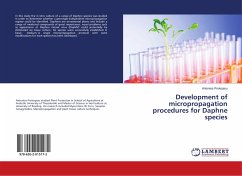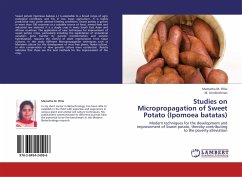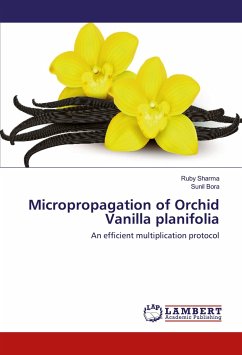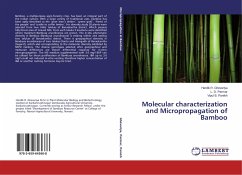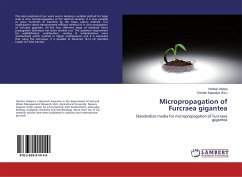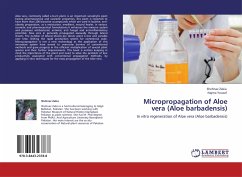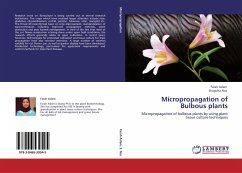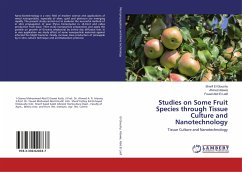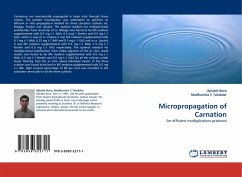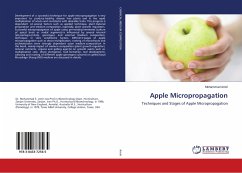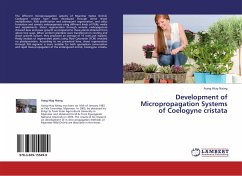
Development of Micropropagation Systems of Coelogyne cristata
Versandkostenfrei!
Versandfertig in 6-10 Tagen
32,99 €
inkl. MwSt.

PAYBACK Punkte
16 °P sammeln!
The different micropropagation systems of Myanmar Native Orchid, Coelogyne cristata have been developed through direct shoot multiplication, PLBs proliferation and subsequent regeneration, and callus formation and somatic embryogenesis using different kinds of PGRs, media and supplements. Shoot regeneration through somatic embryogenesis showed slow and poor growth as compared to those plants obtained from above two ways. When uniform plantlets were transferred on rooting and shoot growth culture, they produced an average of 15 roots per explant. Ploidy analysis of regenerated plants using Flow...
The different micropropagation systems of Myanmar Native Orchid, Coelogyne cristata have been developed through direct shoot multiplication, PLBs proliferation and subsequent regeneration, and callus formation and somatic embryogenesis using different kinds of PGRs, media and supplements. Shoot regeneration through somatic embryogenesis showed slow and poor growth as compared to those plants obtained from above two ways. When uniform plantlets were transferred on rooting and shoot growth culture, they produced an average of 15 roots per explant. Ploidy analysis of regenerated plants using Flow Cytometer (FCM) revealed no ploidyvariation. According to we presented here, shoot regeneration through PLB segment is more suitable for both germplasm conversation and rapid mass propagation of the endangered orchid, Coelogyne cristata.



